Promoting healthy screen time for toddlers can be quite challenging. Do you know what is the recommended screen time for your toddler? This post is all about screen time guidelines for the toddler years.
DISCLOSURE This post may contain affiliate links, meaning if you decide to make a purchase via my links, I will earn a commission at no extra cost to you. As an Amazon Associate I earn from qualifying purchases. Thank you for your support.
Disclaimer: The information provided in this blog post is for educational purposes only and should not be used as a substitute for professional medical advice, diagnosis, or treatment. Always seek the guidance of your pediatrician or qualified healthcare provider with any questions you may have regarding your child’s health. If you think your child may have a medical emergency, call your doctor or emergency services immediately. Read our full Medical Disclaimer here.
We live in an unprecedented age of high-tech devices and endless digital diversion. Screens now captivate even tiny toddler hands as mobile media increasingly saturates households. While judicious use of appropriate apps offers opportunities for interactive learning, excessive or passive screen time correlates with delayed skills, obesity risk, and sleep issues by age 5. Crafting healthy household media limits promotes healthy development in these prime years.
Here are 7 tips to help you in promoting appropriate screen time for your toddler.
You might also like to read the post about Toddler tantrum? 7 Tips for Taming the Tornado.
1. Define Goals First
Consider intentions before introducing digital devices to guide decisions determining appropriate usage. Technology carefully curated to encourage creativity, movement, and participation facilitates different outcomes compared to platforms promoting mainly hypnotic consumption. Interactive games fostering problem-solving differ from YouTube autoplay. Outline guardrails reflecting your family’s priorities for media usage based on toddler age and the temptations of specific platforms at home.
Perhaps a good tip is to have a wall frame TV (that obviously looks like a picture frame on the wall). One like SAMSUNG 55-Inch Class QLED 4K The Frame LS03B Series that can have art mode displayed and has Alexa built-in (for you to play music instead). I personally know families that have one of these TV’s and it helps not have a TV as the center of the living room space, therefore, not making it a big deal. Kids learn that TV usage is just for some family moments that are short and dedicated for specific activities, and then they play games as a family, or do crafts – things that strengthen their family ties.

2. Screen time for toddlers: Focus on Quality Over Quantity
Not all screen experiences produce equal impact. Families optimizing their benefits while minimizing adverse effects from technology aim for quality over quantity when allowing usage. For young toddlers, participating in video calls with faraway family members offers a more meaningful shared connection than passively viewing cartoons alone does. The American Academy of Pediatrics suggests limiting tech time to just one hour a day of high-quality programming for ages 2-5 years when used at all.
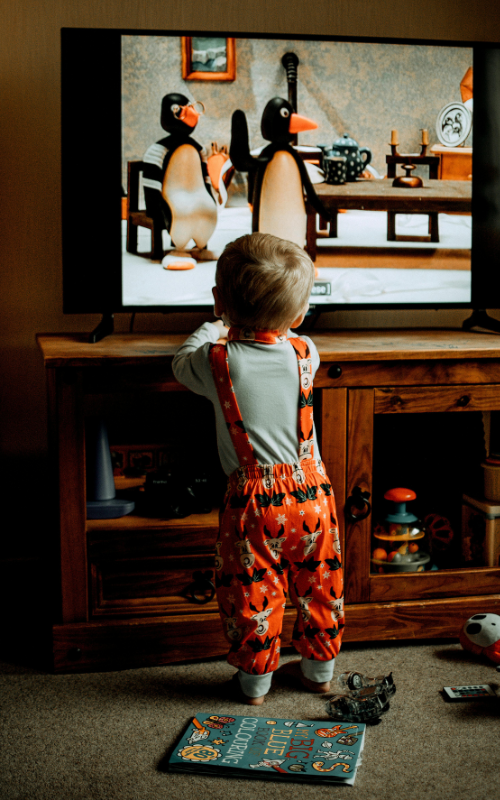
3. Make it a Shared Experience
Whether adults permit toddler viewing or digital engagement, make it participatory! Sit together and ask questions, bringing offline lessons into the experience. “How many apples did Cookie Monster eat? Can you show me with your hands?” Dance and stretch to interactive animal songs. If possible, use person-to-person visual connections over solitary streaming. Please promptly shut everything off for family dinners preserving sacred no-device time together.

4. Screen Time for Toddlers: Monitor Content Closely
Research what trusted pediatricians and child development experts deem age-appropriate programming, avoiding overstimulating content and risking developmental harm. Young toddlers focus selection on nurturing social-emotional learning, language development, or creativity over academics. Explore parental controls allowing tailored restrictions by age group. Always supervise directly what it generates on screens, from disturbing news reports to autoplay algorithms.
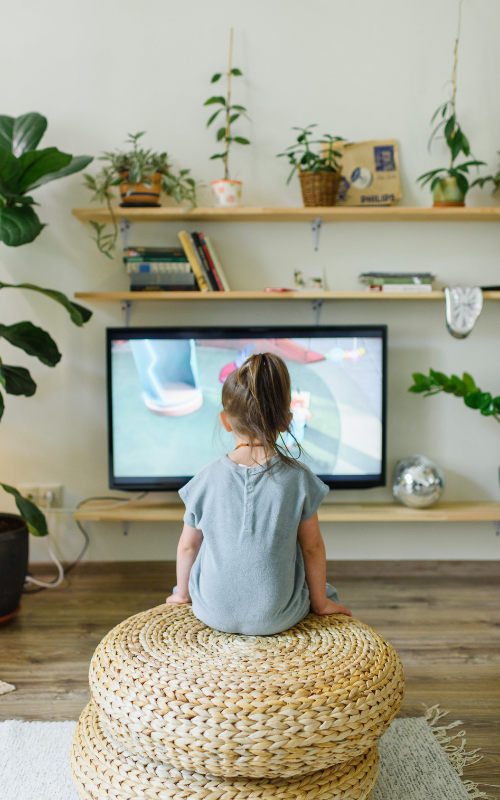
5. Encourage Balance and Variety
While allowing limited screen usage for entertainment or learning opportunities with trusted content, take care to balance “tech time” with even more robust physical activity, and hands-on play fostering imagination and real-world social interactions among children and caring adults. Enrichment from diverse experiences and people matters most for rapidly developing minds. Support multidimensional youngsters through multidimensional lifestyles.
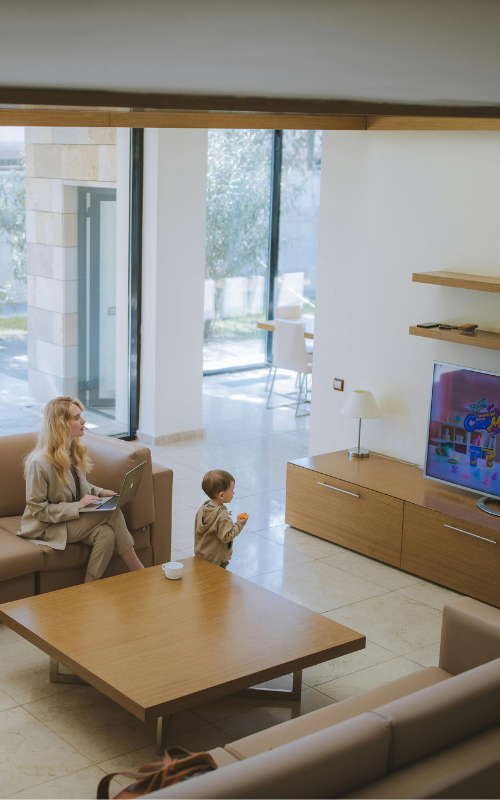
6. Screen Time for Toddlers: Routinely Assess the Impact
Notice the difference on days with more or less screen exposures in areas like mood regulation, listening capabilities, sleep patterns, or behavioral responses. Pay attention following any concerning content consumption. Discuss emerging needs openly as a family, then modify approaches based on toddler development changes. What serves helpfully during younger years often requires recalibration as independence and influences evolve in upcoming childhood.
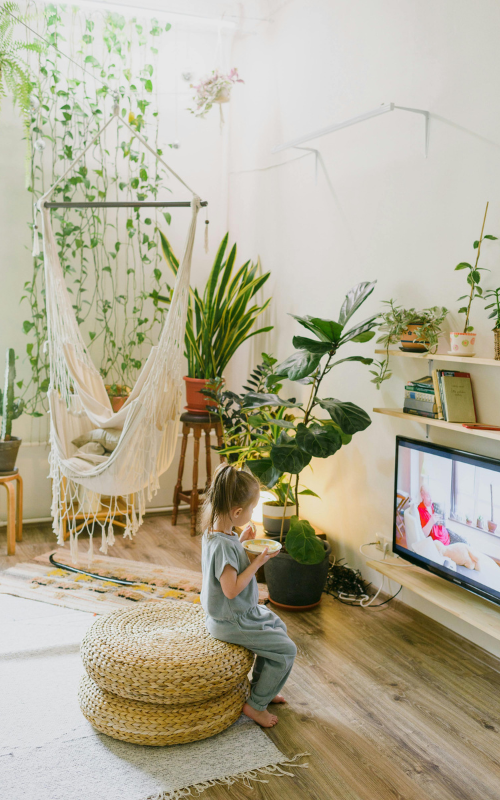
7. Read the research available on the topic
According to Jane M. Healy, Ph.D, technology overuse affects the formation of neural pathways in developing brains. In “Failure to Connect: How Computers Affect Our Children’s Minds – and What We Can Do About It”, Dr. Healy is clear about screen time:
- Impacts skills like language, memory, critical analysis, and creativity
- Offers risks to attention spans, addiction, violence, and social disconnect
- Brings problems that are worse for younger children
Healy highlights some solutions:
- Limit screen time, especially for kids under 7 years old
- Emphasize creative play and social interaction
- Encourage reading books, physical activities, and hands-on exploration
- Set tech rules limiting entertainment screen exposure
Conclusion
This post was all about screen time for toddlers. Like so many parenting puzzles involving moderation, consistently aiming for mindful balance best supports the joyful challenge of raising tiny people amidst an increasingly turbo-digital world. Most importantly, remain patient and united with your partner in upholding defined household media usage values. Demonstrate priority placed on people over platforms in your own habits.

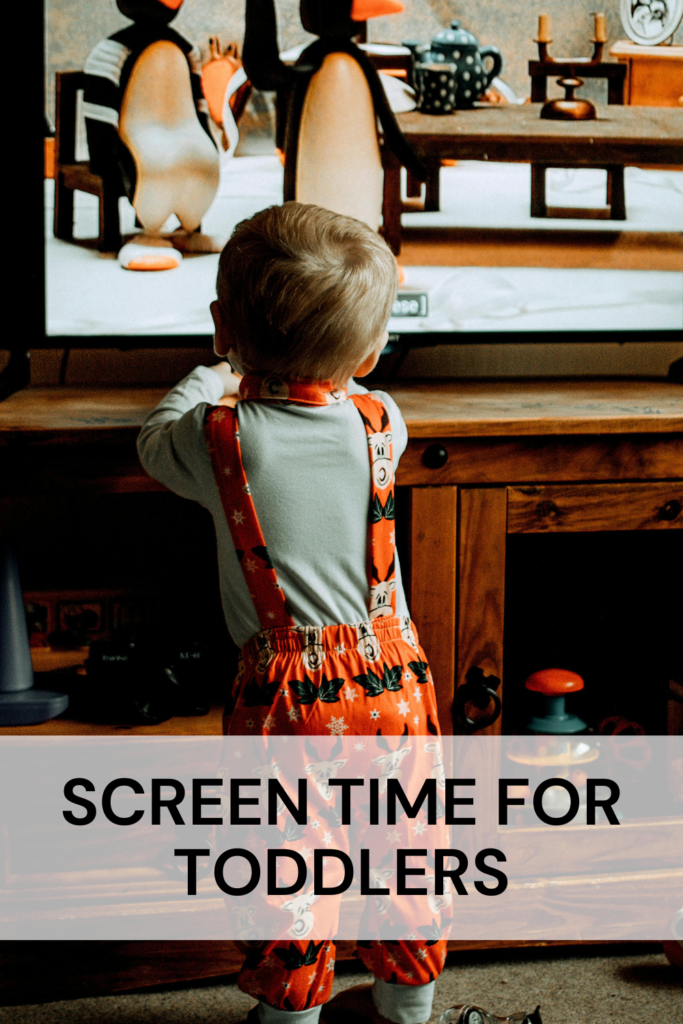





Leave a Reply